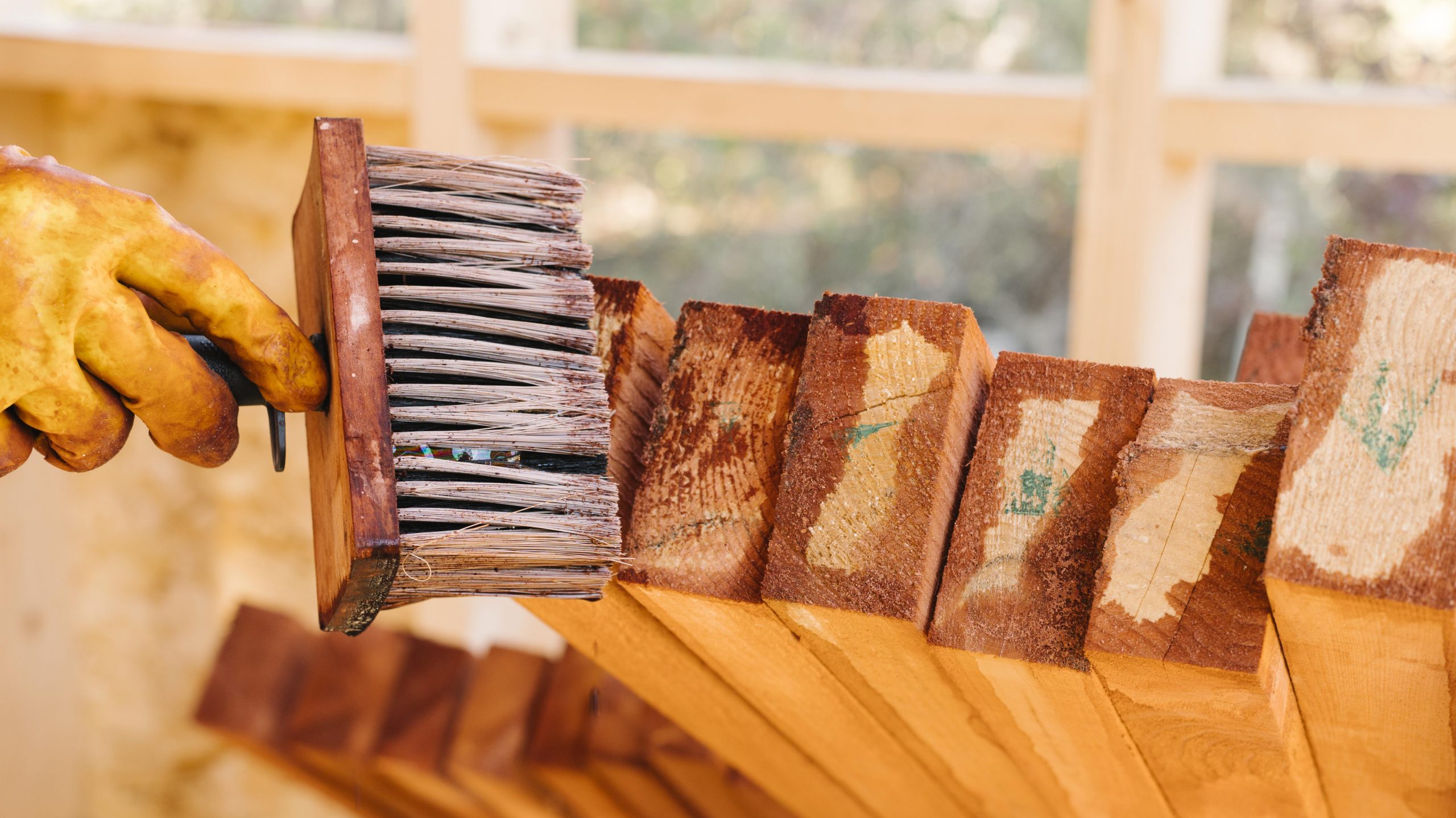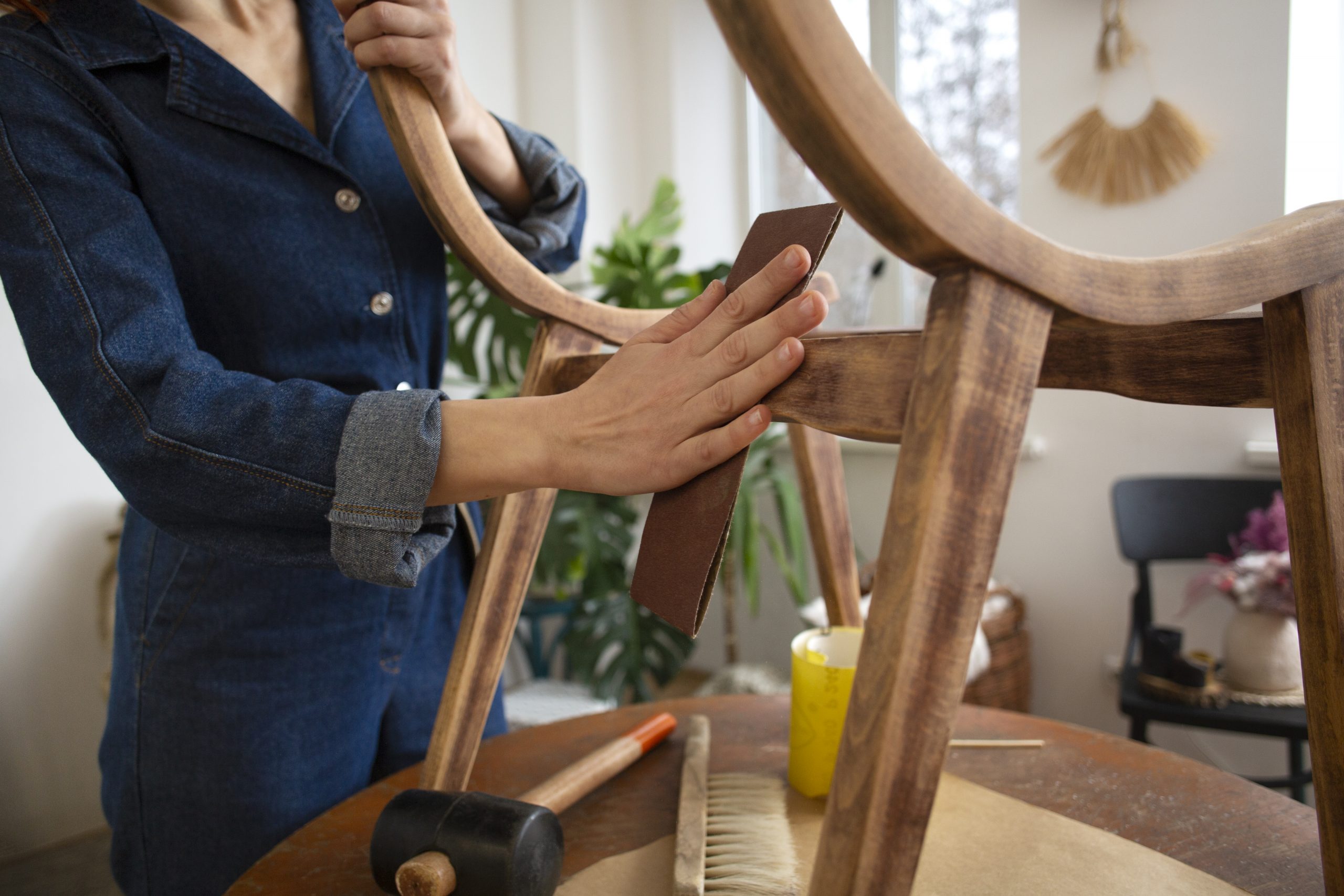Wooden furniture adds timeless beauty and charm to any home. However, it requires regular maintenance and protection to preserve its elegance and extend its lifespan. Whether you’re dealing with daily wear or environmental factors, taking proactive steps can protect your wooden furniture from damage. In this guide, we’ll explore practical ways to keep your wooden pieces looking their best.
1. Use Coasters, Placemats, and Runners
One of the easiest ways to protect wooden furniture from damage is by using coasters for drinks, placemats for meals, and runners for larger pieces like dining tables. This helps prevent water rings, heat damage, and scratches caused by hot dishes or sharp objects.
Protection Tips:
- Always place coasters under cups, mugs, and glasses to prevent moisture damage.
- Use placemats and tablecloths to protect the surface from scratches, spills, and heat.
2. Keep Furniture Away from Direct Sunlight
Sunlight can cause wooden furniture to fade, discolor, and become brittle over time. UV rays can break down the wood’s protective finish, leading to unsightly damage. To prevent this, position furniture away from direct sunlight or use curtains, blinds, or UV-protective window film to minimize exposure.
Sun Protection Tips:
- Rearrange furniture to avoid direct exposure to sunlight, especially in rooms with large windows.
- Use UV-blocking window treatments to filter out harmful rays and reduce fading.
3. Control Temperature and Humidity Levels
Wood is a natural material that responds to changes in temperature and humidity. Extreme fluctuations can cause wood to expand or contract, leading to cracks, warping, or splitting. To avoid these issues, maintain a consistent indoor climate with moderate temperature and humidity levels.
Climate Control Tips:
- Use a humidifier in winter to add moisture to the air and prevent the wood from drying out.
- Consider using a dehumidifier in damp conditions to prevent swelling and warping of the wood.
4. Use Protective Furniture Pads and Felt Under Furniture Legs
Furniture pads and felt protectors are essential for preventing scratches and dents caused by moving furniture across hard floors. Apply these pads to the legs of chairs, tables, and cabinets to reduce friction and damage to both the wood and your flooring.
Pad Protection Tips:
- Install felt pads under the legs of all furniture, especially on hardwood or laminate floors.
- Replace pads regularly to ensure they remain effective and clean.
5. Clean with Gentle, Non-Abrasive Products
Avoid using harsh chemicals or abrasive materials when cleaning wooden furniture, as these can damage the finish. Stick to mild, wood-safe cleaners and always use a soft cloth to wipe down surfaces. Regular cleaning will remove dust and dirt, preventing buildup that could lead to scratching or dulling over time.
Cleaning Tips:
- Use a soft microfiber cloth for dusting and cleaning wooden surfaces.
- Clean with a damp cloth and mild soap; avoid soaking the wood.
- Choose non-abrasive, wood-friendly cleaners and polishes to preserve the finish.
6. Avoid Placing Hot Items Directly on Wooden Surfaces
Hot cookware, mugs, or pans can cause burn marks or heat damage to wooden furniture. Always use trivets, hot pads, or heat-resistant mats under hot items to protect your furniture. Even small, seemingly harmless items like a hot coffee cup can leave permanent marks if placed directly on wood.
Heat Protection Tips:
- Use trivets, heat-resistant mats, or coasters under hot pots, pans, or cups.
- Avoid placing heated items directly on wooden surfaces, especially during cooking.
7. Handle with Care During Cleaning and Maintenance
When cleaning or moving wooden furniture, handle it gently to avoid causing unnecessary stress on the wood or joints. For larger pieces, such as cabinets or bookshelves, make sure to lift them properly rather than dragging them to prevent damage.
Handling Tips:
- Always lift heavy furniture rather than dragging it to prevent damage to the legs or joints.
- When cleaning, avoid excessive pressure that could scratch or damage delicate surfaces.
8. Regularly Maintain and Refinish
Wooden furniture may require refinishing or re-oiling over time to restore its beauty and protect it from environmental damage. Refinishing helps seal the wood, adding an extra layer of protection against stains, moisture, and dirt. Regular maintenance also helps preserve the integrity of the wood.
Refinishing Tips:
- Refinish wooden furniture every few years to restore its protective finish.
- Consider applying a wood conditioner or polish to keep the wood nourished and looking fresh.
Conclusion
Protecting wooden furniture from damage doesn’t require complicated procedures, just a few smart habits and preventative measures. By using coasters, controlling sunlight exposure, regulating temperature and humidity, and maintaining regular cleaning and care routines, you can ensure that your wooden furniture remains beautiful and functional for many years. With the right precautions, your wooden furniture will continue to be a cherished part of your home for generations to come.


